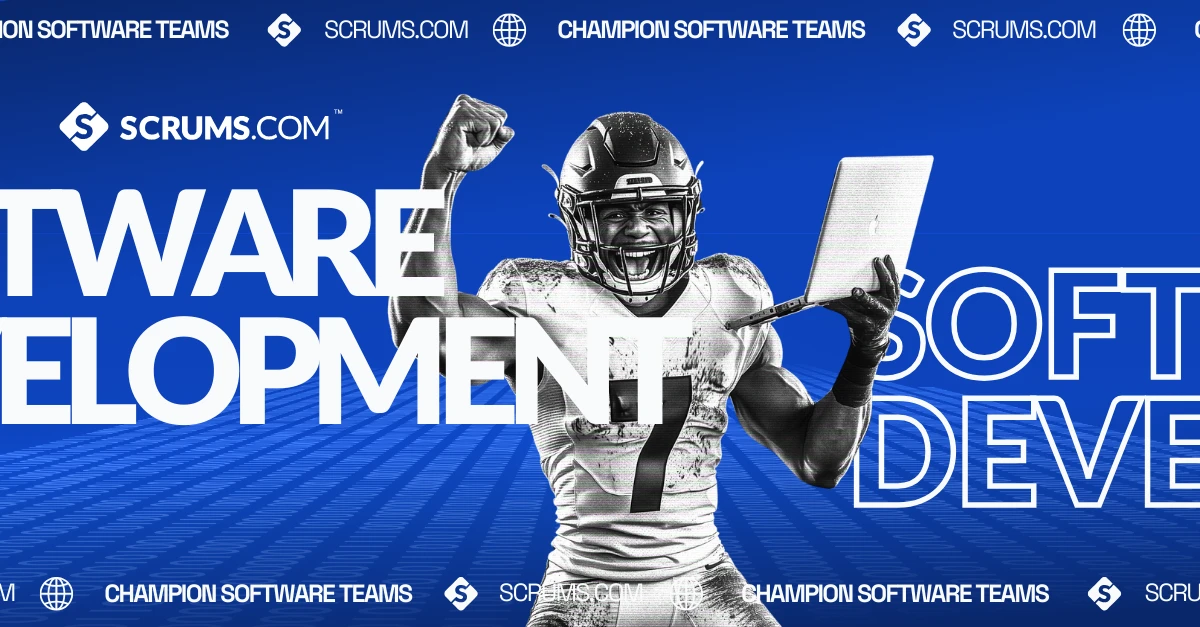Building an Effective AI Adoption Roadmap

In today’s digital landscape, every software sevelopment company faces mounting pressure to innovate faster and smarter. AI adoption is no longer optional—but without a clear roadmap, even the best intentions can stall. In this blog, we’ll show your team how to build a practical, results-driven AI adoption roadmap that aligns stakeholders and delivers measurable value every step of the way.
Why You Need an AI Adoption Roadmap
Jumping into AI without a plan leads to wasted resources and missed opportunities. A well-defined roadmap aligns your team, clarifies priorities, and sets realistic expectations.
For engineering leaders, it’s the difference between isolated experiments and sustainable transformation.
A roadmap also helps secure buy-in from stakeholders and keeps everyone focused on measurable outcomes.
Laying the Foundation: Assess Readiness and Set Goals
Start with an honest assessment of your team’s AI readiness. Identify gaps in skills, data, and infrastructure.
Set clear, achievable goals that tie AI initiatives to business value—think faster releases, improved code quality, or enhanced customer experiences.
Engage leadership early and communicate the “why” behind your AI adoption strategy.
Designing Your AI Adoption Roadmap: Key Phases
Break your roadmap into manageable phases:
- Pilot Projects: Start small with low-risk use cases to build confidence and gather feedback.
- Upskilling and Training: Invest in continuous learning to empower your team.
- Tool Integration: Select and implement AI tools that fit your workflows.
- Scale and Optimize: Expand successful pilots, refine processes, and measure impact.
Document milestones, owners, and timelines for each phase. Keep your roadmap flexible—AI is a fast-moving field.
Overcoming Common AI Adoption Challenges
Expect obstacles. Common challenges include resistance to change, data quality issues, and integration headaches.
Tackle resistance by involving teams early and celebrating quick wins.
Prioritize data governance and choose modular, API-friendly tools for smoother integration.
🗣️ According to Deloitte, organizations that address change management and data readiness up front see higher AI adoption success rates.
Measuring Progress and Sustaining Momentum
Set clear KPIs—such as deployment frequency, defect reduction, or business impact.
Review progress regularly and adjust your roadmap as needed.
Share wins, gather feedback, and keep learning! Sustained momentum comes from celebrating progress and continuously refining your approach.
A clear AI adoption roadmap is your team’s blueprint for success. Start with honest assessment, set measurable goals, and guide your team through each phase with intention.
Stay agile, keep learning, and adapt your roadmap as technology and business needs evolve.
Want more insights on AI-powered engineering? Explore our latest resources on the Scrums.com blog.
As Seen On Over 400 News Platforms













